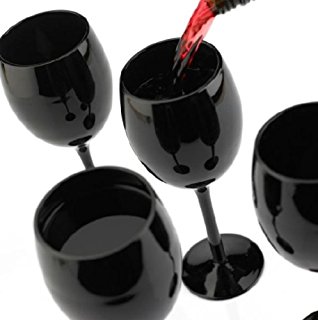A couple of years ago, social media was all a-twitter about a photo of a dress. The fuss, oddly enough, was over the color. Some people said “white and gold.” Others insisted the dress was “blue and black.” Was the photo a trick or some sort of mass hypnosis? How could people look at something so apparently obvious and reach such different conclusions?
Well, now, two years later, scientists finally think they know why people saw the same photo in two different ways. You can read the details in this slate.com article. The upshot is that the lighting in the photo was poor. It was just bad enough that our brains had to fill in details—something our brains do very readily and quickly, but not always with great accuracy. The difference in our perception of the dress was based on whether we subconsciously assumed the photo had been taken in a well-lighted room or a dark one.

It’s a matter of interpolation. In order to provide us with a smooth, harmonious world, our brain uses past experience—be it the distant past or just 15 milliseconds ago—to make up for things that are missing. Think about looking through a picket fence at cars driving down the road. We can’t actually see the cars continuously, because of the fence slats. But our minds insert extra data based on what we’ve already seen of the cars and their trajectory, so our perception is that we see the cars fairly continuously.
There is a parallel with tasting wine. Our perceptions of wine are always colored to some degree by our expectations. This is one of the reasons some critics taste wine blind. They don’t want biases based on a producer’s past wines to affect evaluation of the current one. But predispositions don’t just skew our impression of quality. They can impact the flavors and aromas we experience.
 We all have certain expectations about the range of character for red wines and for white. In red, we expect fruit flavors that are red, black or blue (cherry, blackberry...). Savory notes typically include dark mineral, forest floor, mushroom, earth, cedar, black pepper, etc. White wines tend to show citrus, apple, pear, stone fruit and tropical fruit. Savory notes represent light-colored objects: chalk, limestone, wet rock, citrus pith.
We all have certain expectations about the range of character for red wines and for white. In red, we expect fruit flavors that are red, black or blue (cherry, blackberry...). Savory notes typically include dark mineral, forest floor, mushroom, earth, cedar, black pepper, etc. White wines tend to show citrus, apple, pear, stone fruit and tropical fruit. Savory notes represent light-colored objects: chalk, limestone, wet rock, citrus pith.
Yet, when tasters are confronted with wine in a black glass which makes it impossible to see the color, they have a very hard time simply identifying whether the wine is red or white. Blanc de noirs sparkling wine can have the same effect. The red grapes often give them flavors of strawberry or raspberry. Yet, because of the color, people often only find citrus and green apple.
For most people, this isn’t a crucial issue. If you’re not trying to pass a blind-tasting test, there is little consequence. Even for wine writers describing a particular release, it doesn’t necessarily make sense to note counter-intuitive aromas. It will just confuse people.
Forcing yourself to smell/taste out-of-the-box can be fun though. It’s also easy to do. Just make a conscious effort to look for the unexpected. When you’re smelling or tasting a red wine, see if you can find apple, lemon or stone fruit flavors. (Lemon is a frequent characteristic in Livermore Valley Petite Sirah!) If you’re drinking a pale, sparkling wine think about red fruit and earthy aromas too. Enjoy!
When you're ready to put your taste buds to the test, check out JJ Buckley's extensive selection of wines. Try something you've never had before, or grab an old favorite and look at it in a new way.
JJ Buckley guest blogger Fred Swan is a San Francisco-based wine writer, educator, and authority on California wines and wineries. His writing has appeared in The Tasting Panel and SOMM Journal, where he is a contributing editor. Online, he writes for his own site, FredSwan.Wine (formerly NorCalWine), PlanetGrape, and the San Francisco Wine School where he also teaches. Fred’s certifications include the WSET Diploma, Certified Sommelier, California Wine Appellation Specialist, Certified Specialist of Wine, French Wine Scholar, Italian Wine Professional, Napa Valley Wine Educator and Level 3 WSET Educator. In 2009, he was awarded a fellowship by the Symposium for Professional Wine Writers. In that same year, he was inducted into the Eschansonnerie des Papes, the honorary society of the Chateauneuf-du-Pape AOC.